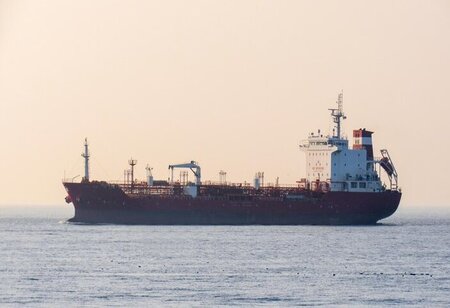
Russia is taking a longer route via the Cape of Good Hope to deliver LNG cargoes to China instead of the shorter one that originally called for them, citing the increased danger of strikes by the Iran-aligned Houthi militia in Yemen, according to LSEG data.
Despite the Suez Canal being the quickest route between Asia and Europe, global gasoline suppliers, including Russia, were obliged to alter the way they transport to Asia and transit around Africa in order to escape Houthi strikes in the Red Sea. Costs have increased due to the fighting as well as higher insurance rates for ships traveling the Red Sea route.
The additional 10 days required to go to Asia via the Cape of Good Hope might exacerbate Russia's current tanker shortfall brought on by Western sanctions.
The tanker LNG Geneva was traveling around Africa when it was filled on January 3 with Russian LNG from Yamal ship-to-ship (STS) close to Kildin Island in the Murmansk region. It was discharged at the Jieyang port in China on February 16.
Another tanker, Clean Vision, was loaded on January 17 and is currently sailing to China, where it is scheduled to discharge on February 28. It was carrying Russian gas from Novatek Yamal LNG. According to LSEG data, ships transporting LNG from Yamal are returning around Africa after being filled in December of last year and delivering fuel to China via the Red Sea route.
To a request from Reuters, Novatek did not reply. Russia intends to open the Northern Sea Route for year-round travel. About 1.8 million metric tons of Yamal LNG were exported as of January 2024. Based on LSEG statistics, that amount dropped to 1.46 million metric tons in February.
One of the largest LNG producers in the world, Qatar, notified Edison of Italy and other European consumers in January that the Red Sea crisis would force its LNG shipments to take a longer route via the Cape of Good Hope.

